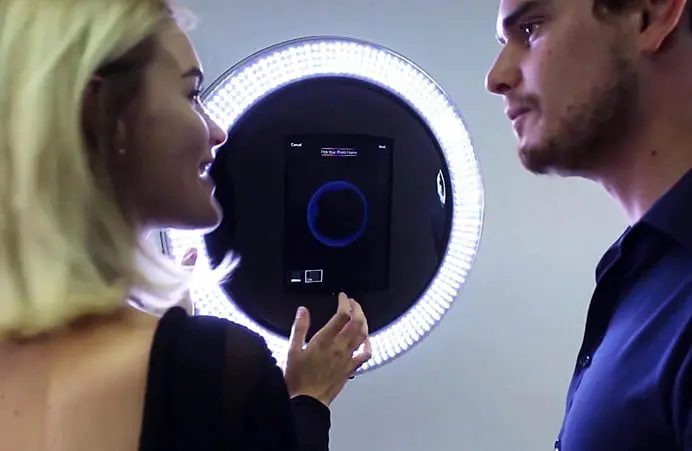words Alexa Wang
How often do you have to remind someone to keep the doors shut in the winter time, so the heat doesn’t escape? Or in the summertime keeping all the windows closed in the daytime, so heat doesn’t come in, but then open in the night for the crisp, fresh air?
It’s quite common. We are always looking for solutions to typical house problem – keeping the temperature in the home at a reasonable level consistently.
But that’s not the only problem homeowners face. It is quite common to have humidity levels fluctuating when trying to regulate the indoor temperature. Also, we want to keep the home well ventilated so the air doesn’t get stale.
There is a system that offers a solution. It’s called a heat recovery system which installs nicely into your home. They keep the house ventilated and fresh while regulating the temperature and humidity levels.
Let’s take a look at how these machines work in our heat recovery system explained guide:
The System
A home heat recovery system (check out https://www.bpcventilation.com/ for options) consists of two main ducts. One duct is the fresh air intake while the other duct extracts the stale air and disperses the new air.
The dispensing duct has multiple intake and outtake points throughout the house. The intake points typically are in the kitchen and bathroom. These rooms hold the most amount of humidity in the house due to bathing and cooking.
The duct sucks up the stale, moist air from the rooms and takes it to the heat exchanger. At this point, the fresh air intake duct is bringing in new air from outside. When the two ducts meet in the heat exchanger, the warmth from the old air transfers over to the fresh incoming air.
As the now warm fresh air travels through the system, it goes to the dispensing points, usually in the bedrooms and living room. The system pushed the old air outside, leaving the house with fresh air.
A bonus feature of the system is that it typically runs at a low level which doesn’t require a lot of energy. But if there comes the point where there is too much humidity in the house, you can increase the functionality of the system.
Why Is This Beneficial to the Home?
If there is no ventilation in a home, the air stays put. It becomes stale and filled with pollutants and allergens. People with underlying health issues like asthma become susceptible to reactions like sneezing, coughing and congestion. So by continually circulating the air through the home, the air stays relatively clean. This is what a whole house heat recovery ventilation system can do.
The system also helps to keep the humidity at an ideal level. If there is too much humidity in the house, condensation will form. The excess moisture can lead to mold growth. But on the other hand, if there is not enough humidity in the house, it has a different effect. The home is now dry, and items like wood are susceptible to cracking. Dry conditions are also hard on your skin.
So if you are looking for ways to efficiently heat your home and circulate the air, consider installing a home heat recovery system.
words Alexa Wang









